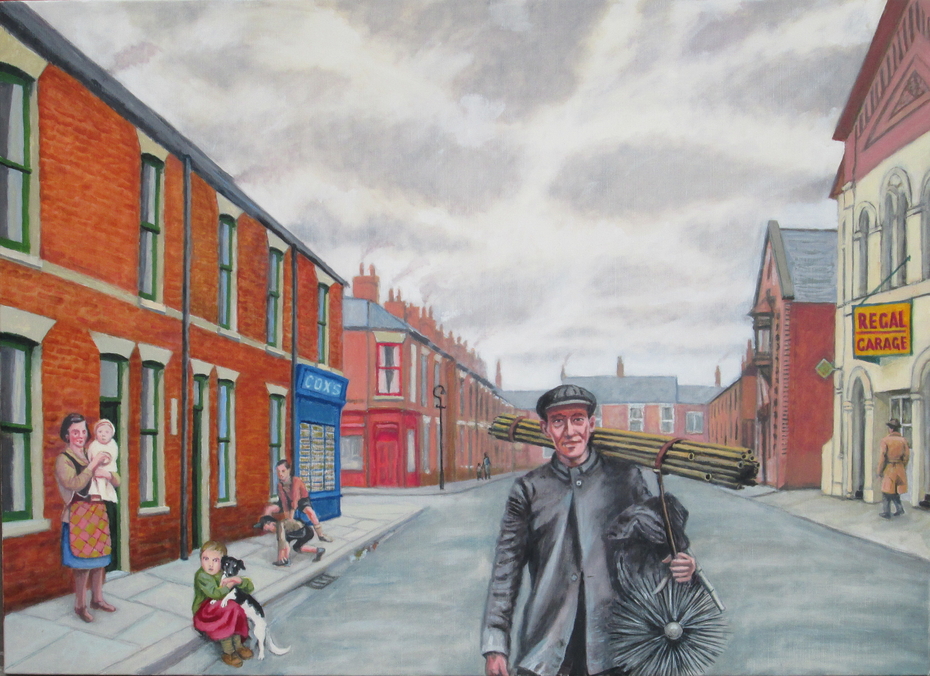
Tags
Loading...
Select from existing tags
Chimney sweep in Garibaldi St, (2015), oil on linen, 111.5 x 81.5 cm
For centuries British homes were heated by coal fires which naturally generated much soot. It accumulated inside chimneys and if they were not cleaned regularly they would catch fire. Hence the need for chimney sweeps who were familiar figures in working class areas until the mid-1950s when Clean Air Acts were introduced. I recall watching a sweep at work in my home severa...
- Credit:
- All rights reserved. Exhibited on USEUM with the permission of the rights owner.
- More:
- http://2015
More from this artist...
Loading...



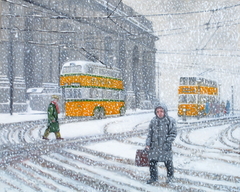
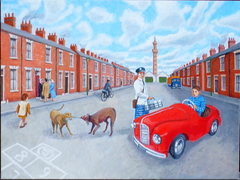
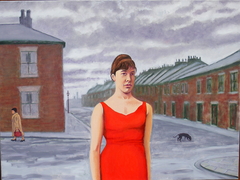


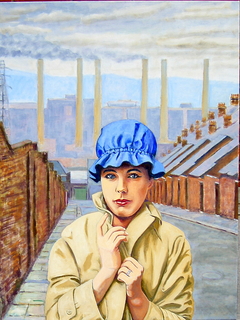
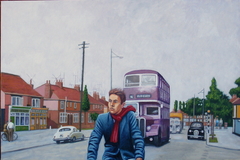
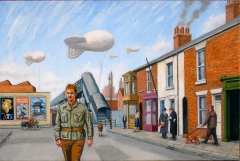



Discussion